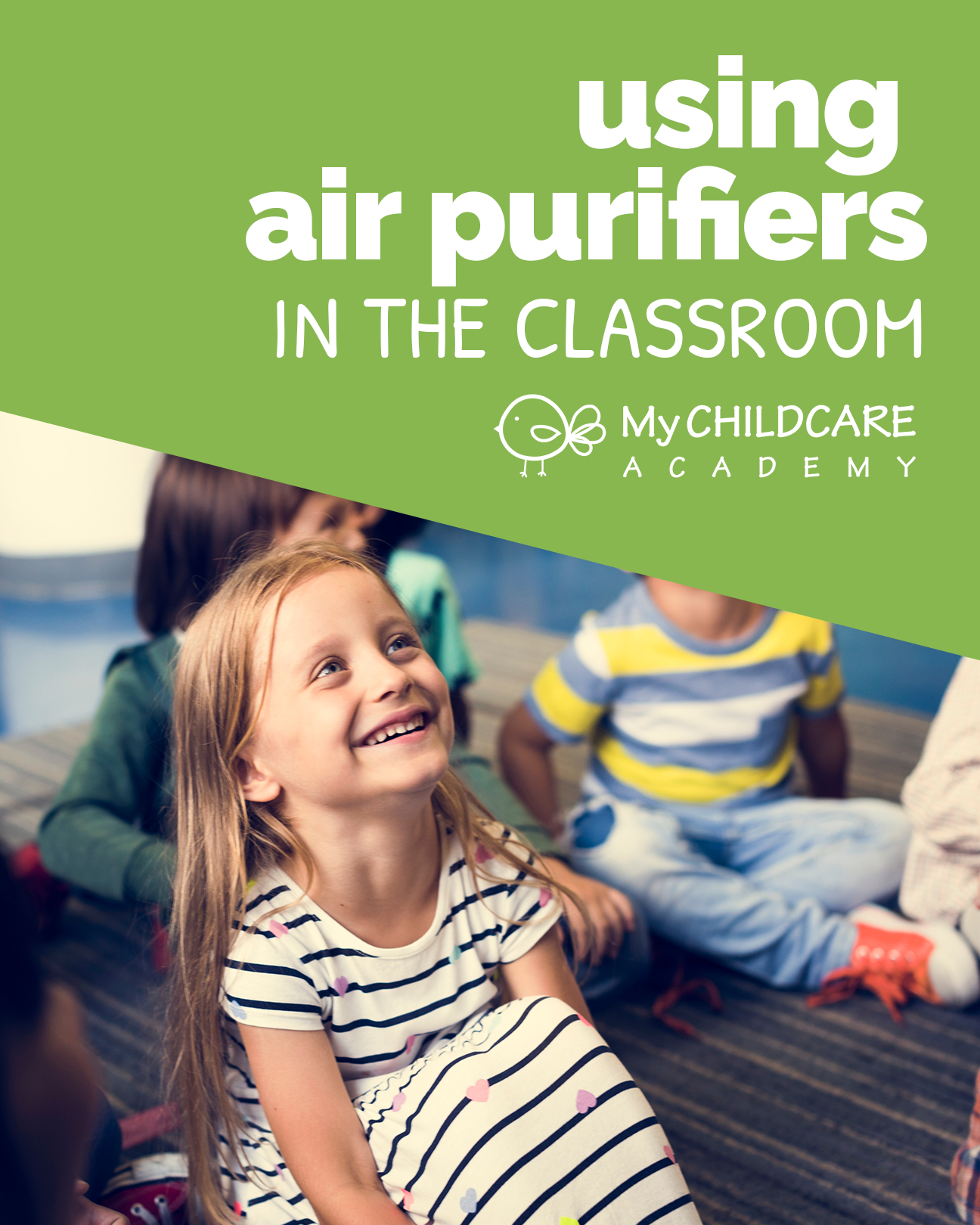
Using Air Purifiers in the Classroom
Clean air is essential for good health and is especially important for young children who are still developing. Air purifiers are a great way to prevent harmful pollutants, viruses, and bacteria from spreading in the classroom. Since children spend the majority of their day at school, it is crucial they have access to quality air. Before enrolling your child into school or child care, ask about air purification systems or what they are doing to ensure your child will be breathing quality air while in attendance.
How Do Air Purifiers Improve Air Quality
Most air purifiers use high-efficiency particulate air filters (HEPA) to remove common air pollutants. These filters are used to trap microscopic particles, including viruses, bacteria, mold, dust, pollen, and other harmful pollutants that the human body has a harder time filtering out.

Air Pollution Health Risks
As a Utah resident, you probably already know the issue our state battles with air quality. In fact, we rank as one of the worst States in the nation for air quality. Children being exposed to such a high level of pollution can cause a variety of respiratory issues, allergies, and has even been linked to an increase in heart disease and other ailments that develop in adulthood. Pollution is especially problematic for those who have asthma. Studies show that pollution is actually a huge culprit in causing asthma! On a smaller scale, poor air quality can result in headaches, fatigue, and difficulty concentrating.
A surprising fact is that indoor air can be far worse than outdoor air, due to the appliances we use and inadequate ventilation. The best way to prevent indoor air pollution is by investing in an air purifier that can improve the overall quality of the air. Here are some other benefits of air purifiers:
Increase Productivity
Recent studies in Utah have shown that air pollution can harm brain development and alter the brain’s function and anatomy. It is proven that clean air improves academic performance and productivity.
Reduce the Spread of Germs and Bacteria
We take protective measures into action to protect your child from becoming sick and spreading germs. Purifiers assist us in filtering out viruses and pathogens, including COVID-19.
Provide a Safe and Healthy Learning Environment
With all of this information in mind, My Childcare Academy installed MA-112 Air Purifiers within each of our classrooms so that our kiddos can play and learn, breathing the cleanest air Utah can provide. Contact us today if you have any questions regarding our health and safety standards.
Improving Indoor Air Quality
If you are looking to improve the air quality in your own home, there are a few other ways to improve your indoor air quality. Here are a few options to consider:
- Controlling the Source – When it comes to indoor air quality issues, the best solution is to prevent sources that carry pollutants. This can come from fuel-burning appliances, pressed wood products like cabinets or furniture, cleaning products, high temperatures, humidity, and other factors.
- Improve Ventilation – Installing a ventilation system may be the best option for Utah homes, due to its poor outdoor air quality. There are a variety of ventilation systems you can choose from that may be the best solution for your home.
- Keep Ducts Clean – By changing air filters and cleaning the air ducts in your home frequently, you will reduce the amount of pollutants blowing through your home.
- Grow Plants – Plants are a great source for removing carbon dioxide when producing oxygen. Even though a ventilation or air cleaner system is a much more efficient and practical way for providing fresh and clean air, there are a few great plants out there that can remove harmful air pollutants.
Starting your clean air process at home is a great starting point in providing your little one with a healthy environment they need.

